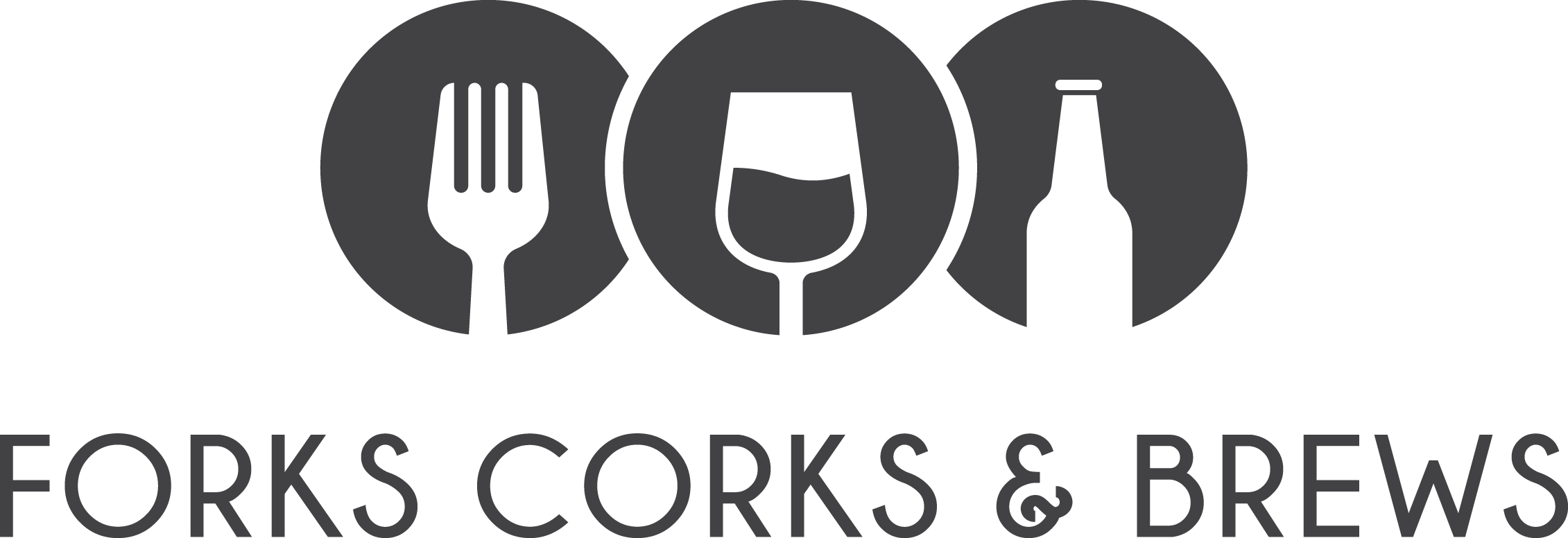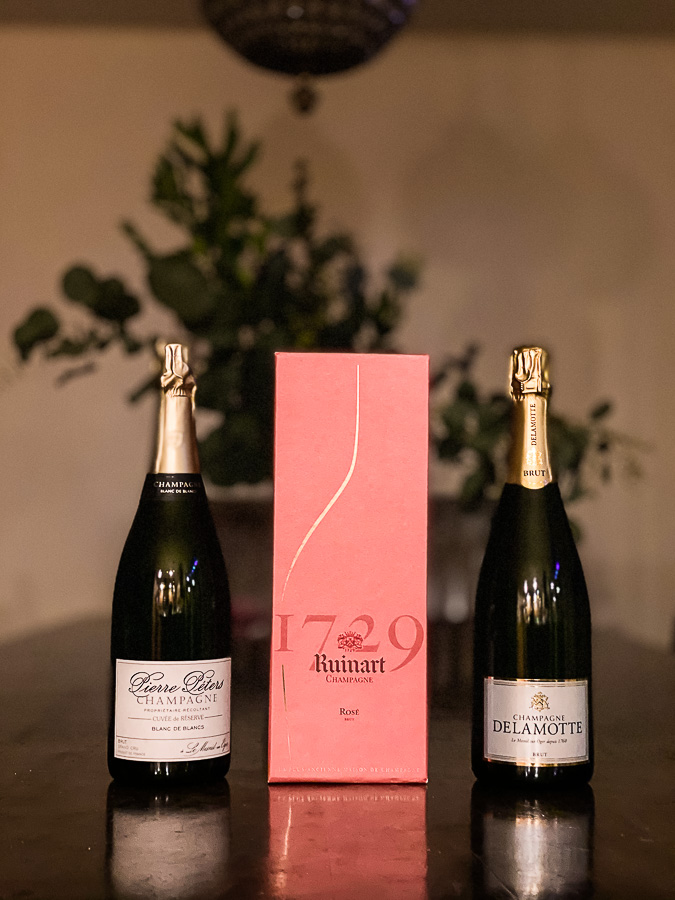We just learned about International Champagne Day. This happens every year on the fourth Friday of October as it was born in 2009 at the initiative of a Californian blogger and wine tutor, Chris Oggenfus.
What is Champagne?
This is the world’s most notable sparkling wine. You might already know that to be called ‘Champagne’ it has to be produced specifically in the Champagne region of France. Also, the grapes used for the blend have to be grown in the same region.
Last but certainly not least, this wine has to be produced according to a certain method. If any of these characteristics is missing, then it’s just sparkling wine, a good one for sure but only a sparkling wine.
What Grape are Allowed?
Seven grapes are allowed in Champagne production. Three of them make up the vast majority: Chardonnay, Pinot Noir, and Pinot Meunier.
What is the History of Champagne?
Since the Medieval Ages the characteristic acidity of grapes grown in the north-eastern region of Champagne were special. They produced amazing wine. These wines produced in here have always played a very unique role in the history of France, as they were the primary drink served at coronation banquets.
Did you know that from 898 all French kings were crowned inside the gorgeous Reims Cathedral? Reims is the capital of the Champagne region.
However, the real turning point in the production of Champagne happened when a monk, Dom Pérignon, studied a way to lower the pressure of the bubbles inside the wine bottle. What he invented was the second fermentation, which happens directly in the bottle, and created the Champagne we know and taste today. The method used by Dom Pérignon was then called ‘Méthode Traditionnelle’, the one that is still used by all the Maisons in the area.
We should all raise a glass to celebrate Dom Pérignon on this day!
What are the Main Characteristics of Champagne?
The first characteristic to notice is its high acidity. This is the because of the terroir where the grapes are grown. Champagnes are generally light bodied. Since there are different types the dryness, the sweetness, and the aromas can change with the grapes used.
What are the Different Types?
- Blanc de Blancs – Blanc means white in French. These are made only using white grapes, meaning Chardonnay. To make wine blanc, Champagne makers only use the white part of the grape, without the skin.
- Blanc de Noirs – Noir is black in French. These wines use only black grapes, Pinot Noir and/or Pinot Meunier.
- Prestige Cuvée – These are the real expensive ones, the real crème de la crème of every Maison. Prestige Cuvées age longer than other Champagnes and present a creamier and more complex body.
- Rosé Champagne – This is a blend of white wine made with Chardonnay and a tiny bit of red wine from Pinot Noir and/or Pinot Meunier.
- Non-Vintage Champagne – These are obtained by blending together different vintages.
How Should You Open a Bottle of Champagne?
You want to preserve all the aromas and bubbles. For that reason, there are some easy steps to opening a bottle.
- Untwist the cage around the cork anti-clockwise for 6 turns.
- Hold the bottle at a 45° degrees angle, keep your thumb on the cork and start twisting the bottle. Don’t twist the cork.
- Once you start feeling the pressure coming from the bottle, start to loosen the cork.
- Control the cork as the pressure increases.
- Once the bottle is open, pour and enjoy!
What is the Best Temperature?
Champagne should be stored between 40 and 60 degrees Fahrenheit. It may be kept upright or horizontally. Non-vintage should be chilled to 40-45 degrees.
Most agree the ideal temperature to serve Champagne is 47-50 degrees F. Do not chill your glasses as you will lose some of the sparkle and bubbles.
Cheers as you celebrate International Champagne Day!
Want more ideas on how pair foods with Champagne? Both desserts and savory dishes go well with Champagne. Try our Gruyere, prosciutto, and spinach bites or Forks, Corks, and Brews’ French Apple Tart.

